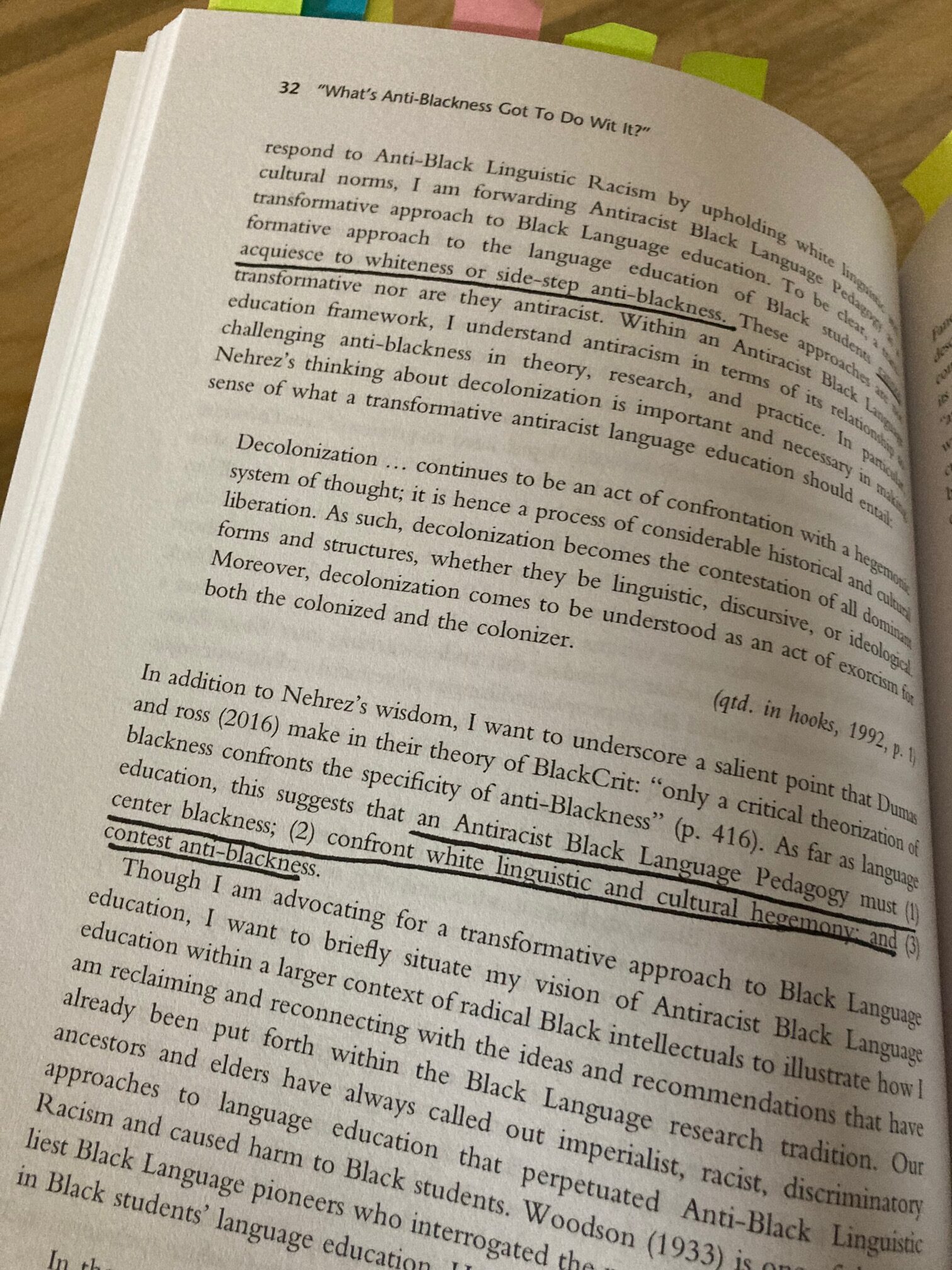Collection Items
Annotation on boycott. Rosa Parks and Martin Luther King Jr. were interviewed in 1956 about the Montgomery Bus Boycott and civil rights. Read these interview typescripts from the Library of Congress' Rosa Parks Papers, with Parks' annotation. Rosa Parks was born on this day, February 4, in 1913. #Annotate22 35/365












 Welcome to the
Welcome to the 


